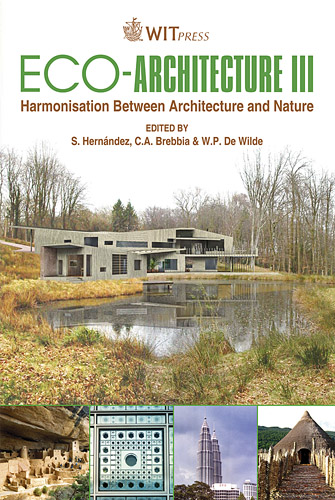Eco-technologies For Energy Efficient Buildings In Italy
Price
Free (open access)
Transaction
Volume
128
Pages
12
Page Range
399 - 410
Published
2010
Size
4,680 kb
Paper DOI
10.2495/ARC100341
Copyright
WIT Press
Author(s)
A. Boeri & D. Longo
Abstract
The climatic context has an essential role in the building construction strategy: it represents the main benchmark to define criteria for energy-efficient buildings design. The control of external conditions through the building envelopment is essential for energy saving. Environmental protection and energy saving characterize some strategic European experiences. Lots of European countries are promoting and sharing a sustainable building approach to be in compliance with the Kyoto Protocol and subsequent international agreements, such as those established at the last Copenhagen climate conference. Assuming that buildings have a high environmental impact, in terms of energy and resources consumed, it is necessary to adopt different criteria in relation to climate zones. The design strategies in terms of new constructions and upgrading of existing buildings are based on the concept that building is a composite system, where the architecture, the layout of fronts and openings, the performances of the building shell and integration with the fixtures and fittings, also powered by renewable sources, must be efficiently balanced. The Passivhaus standard, which defines low energy buildings with heating not dependent on fossil fuel, was originally developed in central European countries and recently it has been revised to adapt its criteria to different climate contexts, especially those of the Mediterranean. In warm areas the energy efficiency is related to summer performances and passive cooling of buildings. Significant experiences are developing even in Italy, where the Mediterranean climate has different characteristics compared to the cold climates of central and northern Europe.
Keywords
ecology, energy efficiency, technology, passive house, Mediterranean architecture





